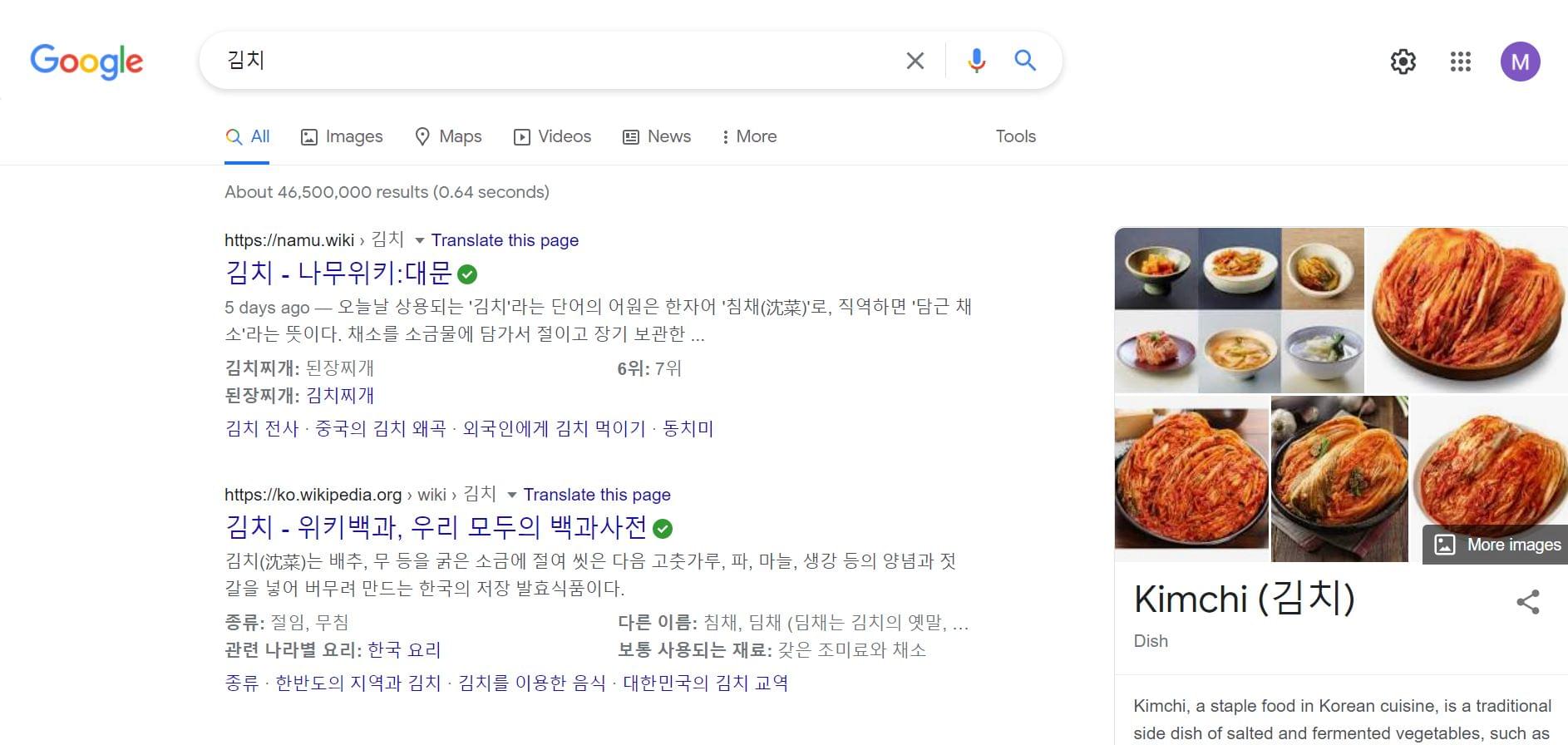
Website internationalization can be advantageous for companies that want to cater to different languages and reap the benefits of today’s globalized world. In this article, we’ll show you tips on internationalization and localization, as well as improving the SEO of your internationalized website.
The acronym GILT (globalization, internationalization, localization and translation) refers to the process businesses undergo to move beyond their national boundaries and cater to international markets.
During the internationalization process, business owners look for tips to boost their website traffic. They follow SEO best practices, find strategic keywords and monitor their results. But there’s a little-known technique that you might have underestimated in the process of internationalization: translating your website.
In 2021, English was the most used language worldwide, because it had 1.35 billion speakers. But English is only used by around 25% of global internet users.
Technology makes it possible for merchants to ensure their site’s user interface can support a foreign region or language. As such, merchants that aim for internationalization should consider translating their website, especially if they’re capable of worldwide shipping. That way, their business or companies can expand on a much bigger scale.
If you’re looking for tips on the internationalization and localization process, here’s what you need to know.
What Are Website Internationalization and Localization?
Table of Contents
Internationalization is the process that involves ensuring your site can accommodate multiple languages and have the appropriate website architecture to do so.
During the website design and development phase, internationalization may entail having larger character encodings to fit foreign scripts. Likewise, the user interface must have ample space to accommodate the number of letters required for Chinese, Korean, or Russian characters. It should also be able to cater to languages that require individuals to read from right to left, instead of the usual left to right format.
For instance, IKEA’s internationalized instructional manual has simple and clear illustrations that make it easy for consumers to understand the setup process, regardless of their nationality.

Meanwhile, localization is the process of making a product or message resonate with your specific target market. It ensures the site and your marketing messages abide by cultural factors and practices in the area.
For example, a localized product page must use the appropriate system of measurement, follow legal requirements, use local currencies, number formats, and so on.
The process of internationalization and localization of materials is often abbreviated as i18n and L10n.
Localization and internationalization can improve your communication with consumers across the world. This process is definitely an advantage in markets where consumers use different languages, such as European or Asian countries.
The Benefits of Website Localization and Internationalization
Billions of people across the world are non-native speakers. Thus, ecommerce merchants that want to widen their reach and boost their appeal in a foreign locale should consider adopting a multilingual website.
Let’s take a look at some of the perks of internationalization and localization.
1. Internationalization lets you compete against local businesses
An internationalized website lets merchants compete with local businesses across the world where English is not the main language.
Not surprisingly, consumers prefer websites that speak to them in their own native tongue. An interesting study found 73% of shoppers prefer to purchase from a website that uses their own language.
2. Internationalization and localization can boost searchability
Let’s say you wanted to expand your ecommerce business to France and Spain.
Shoppers in these markets use their own native language when typing in search results. So if your website isn’t translated, they won’t be able to find your product pages on Google.
In this scenario, localization and internationalization boost your searchability. Without i18n and L10n, your chances of adapting to international markets will be slim.
3. Internationalization can increase sales
The localization process can help increase conversion rates.
46% of website users state that the localized content is perceived as more trustworthy, which increases their likelihood of buying from the brand.
In fact, businesses that have undergone the localization process have achieved enviable results.
Lifestyle clothing brand La Machine Cycle Club increased conversion rates by 25% through the localization of their site in three languages.
Likewise, Swedish ecommerce brand Ron Dorff’s localization involved the translation of 150 product pages into three languages. As a result, they increased international sales by 70% and increased traffic by 400%.
These success stories prove that localization and internationalization can have a big impact on your sales. Because you can communicate with consumers better, you can achieve higher rates of conversion.
4. Internationalization and localization is a cost-effective customer acquisition tactic
Website internationalization and localization don’t have to be expensive endeavors. Software and WordPress plugins like Weglot can translate your website at minimal cost — and they’re extremely affordable.
9 Strategies for Successful Website Localization and Internationalization
What are the steps involved in the process of adapting to international consumers? Here are the best practices for a successful internationalization process.
1. Research the specific target market
International consumers use different search terms, slang, or phrases when scouring deals, bargains, and cool products. Likewise, they may also have different customs or practices when buying a product or service.
That means you’ll need to research your target market and analyze your competitors. We highly recommend getting in touch with native marketers, SEO specialists, or agencies to guide you through the process.
2. Translate SEO elements
Before people check out your landing page, they assess meta descriptions and SEO titles. If these pages aren’t translated into their native language, you’re less likely to end up on the top search results.
For example, when typing “김치” or kimchi in Google, the top search results are pages with a Korean title and description. That means when these elements aren’t translated, you may unknowingly turn people away.

That’s precisely why the recommendation is to translate the following SEO elements:
- title
- meta description
- image alt tags
- URL
Continue reading Internationalization: How to Boost Traffic with a Multilingual Site on SitePoint.






